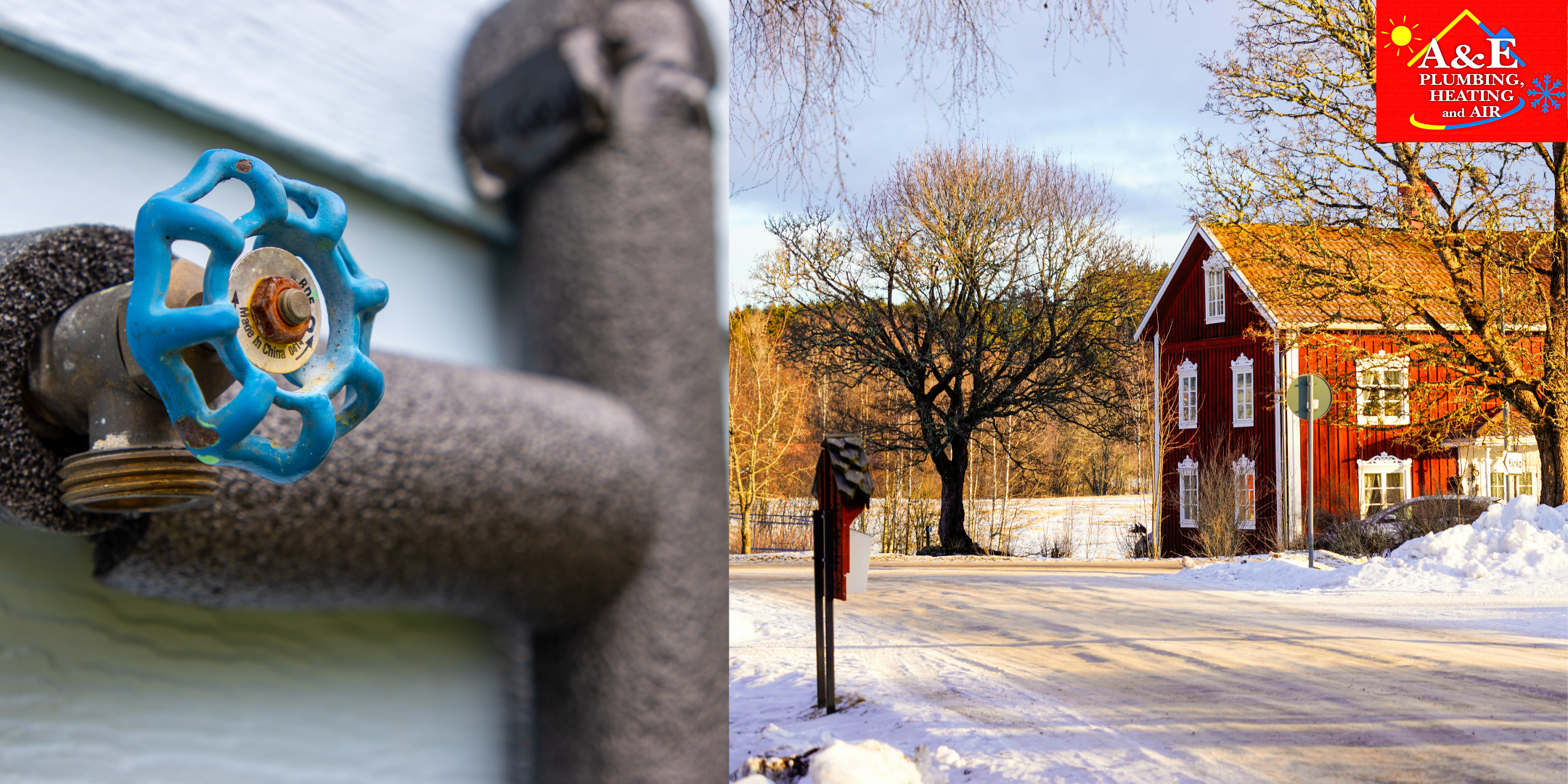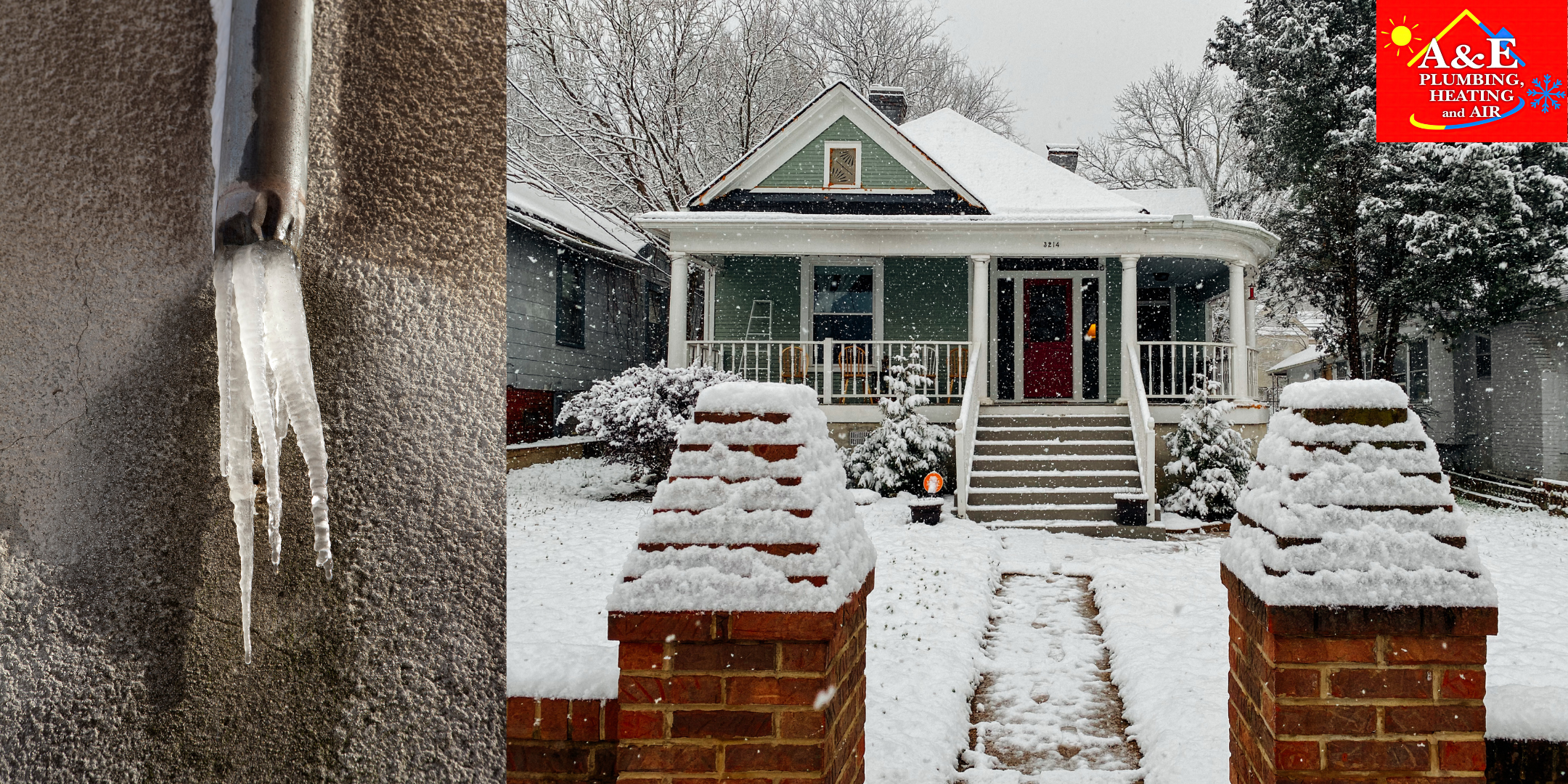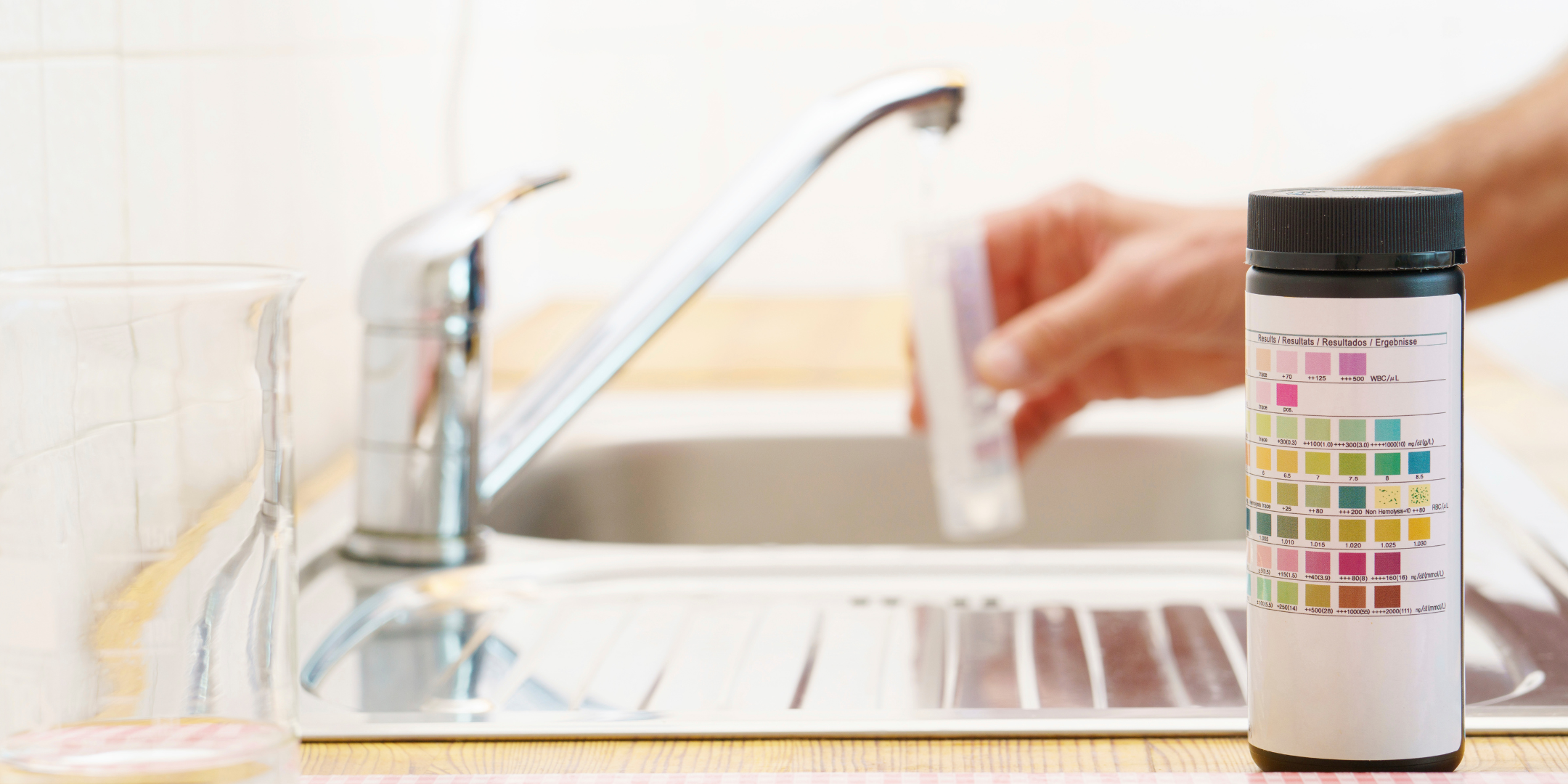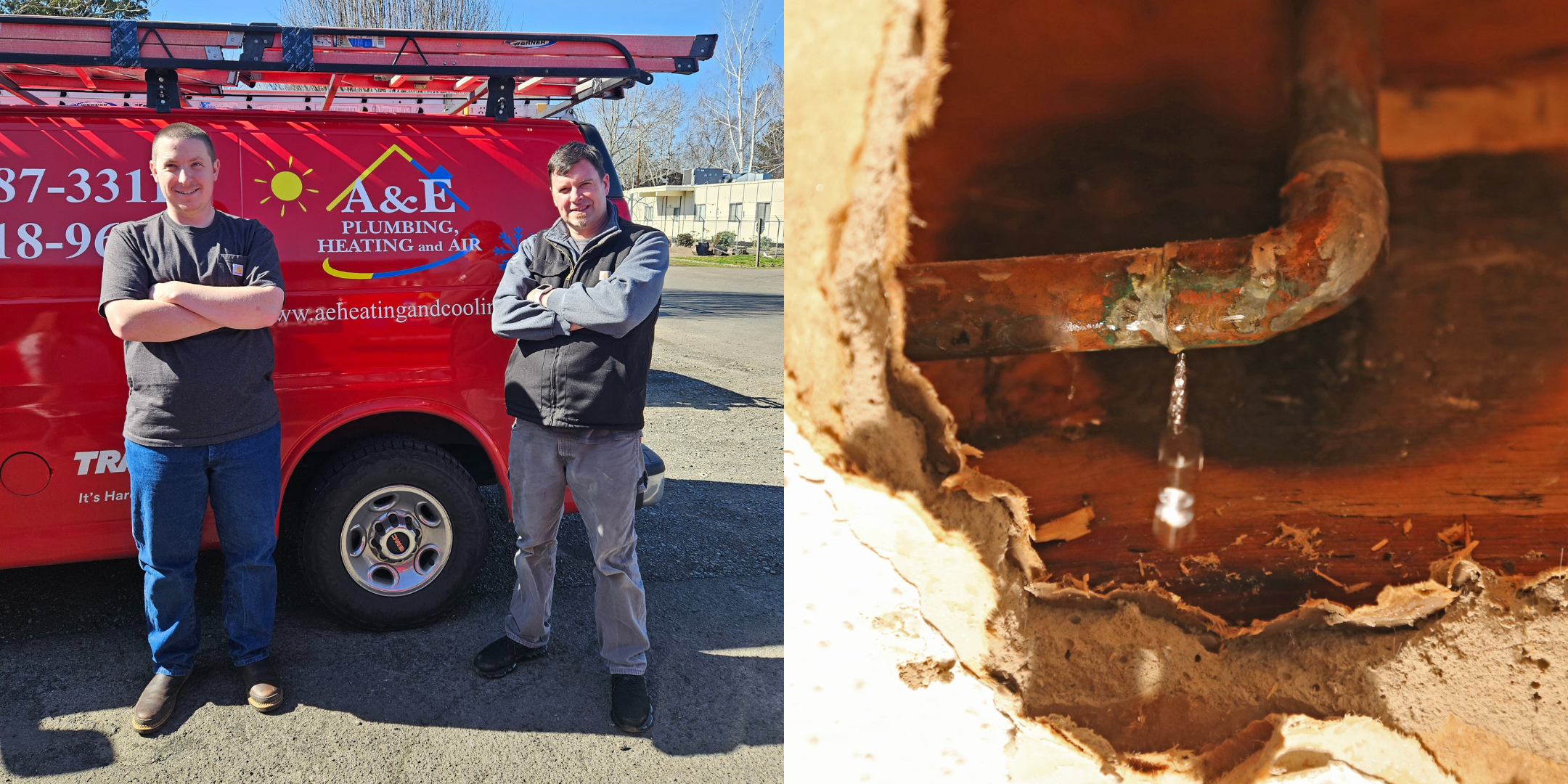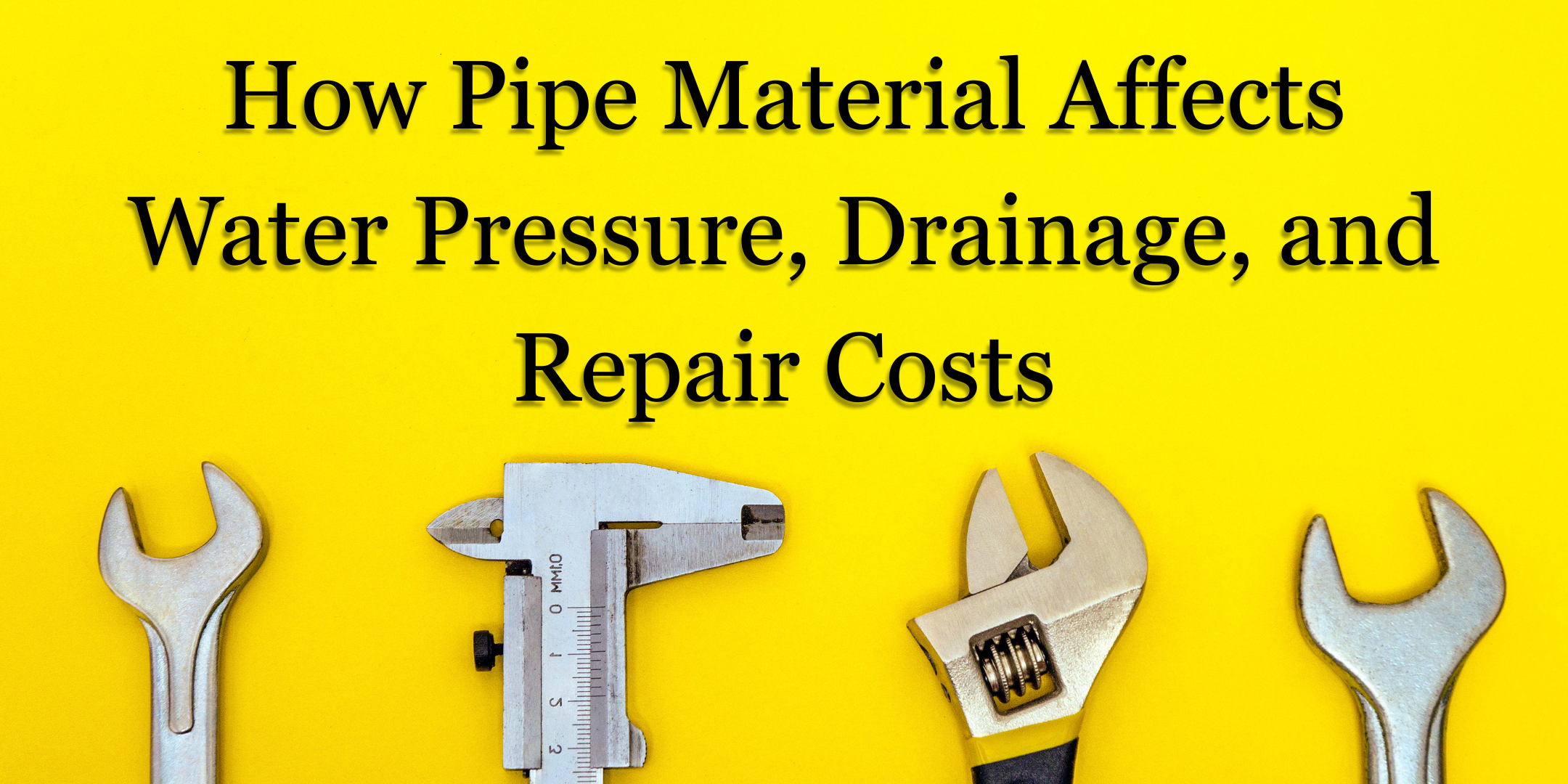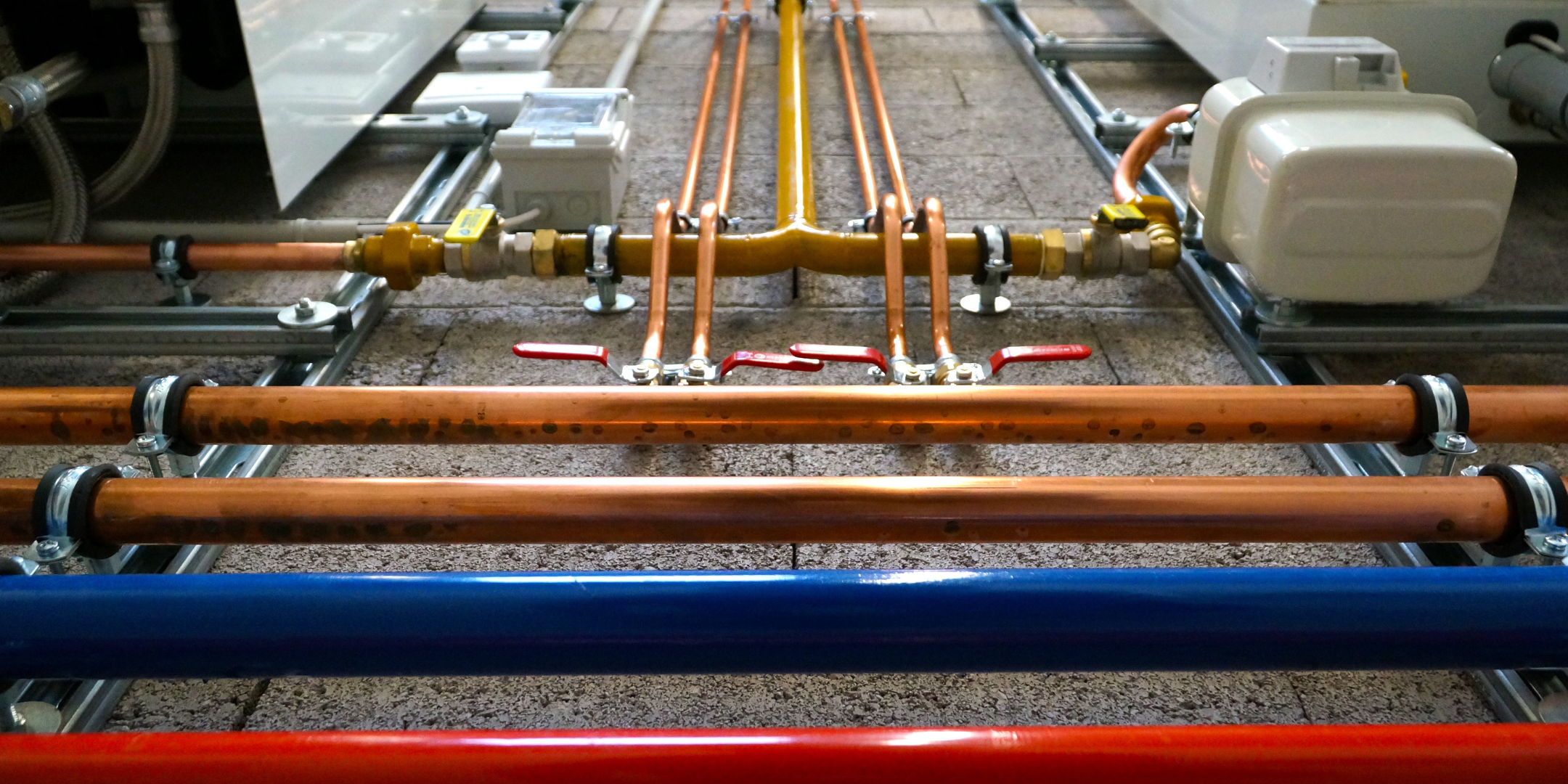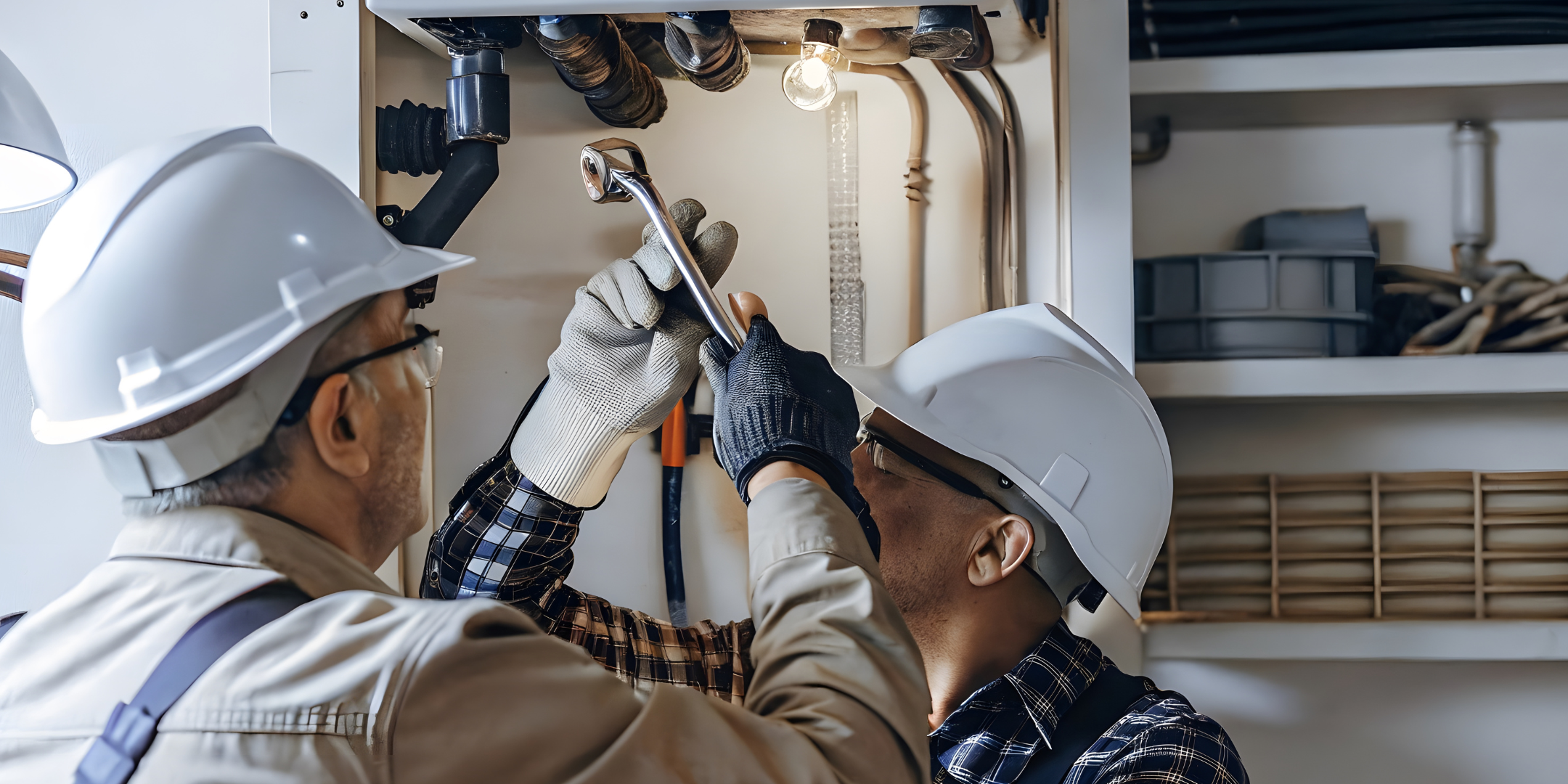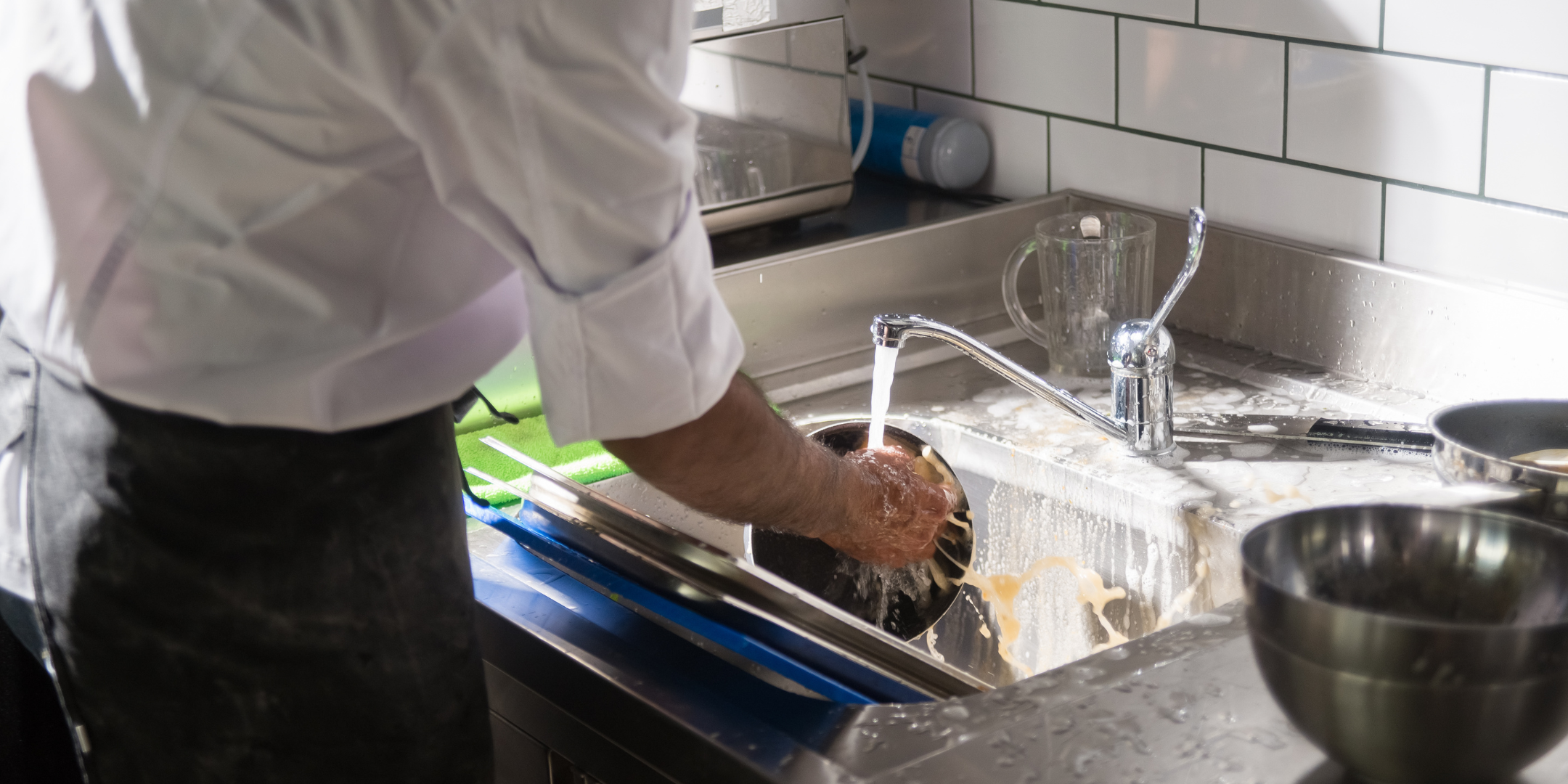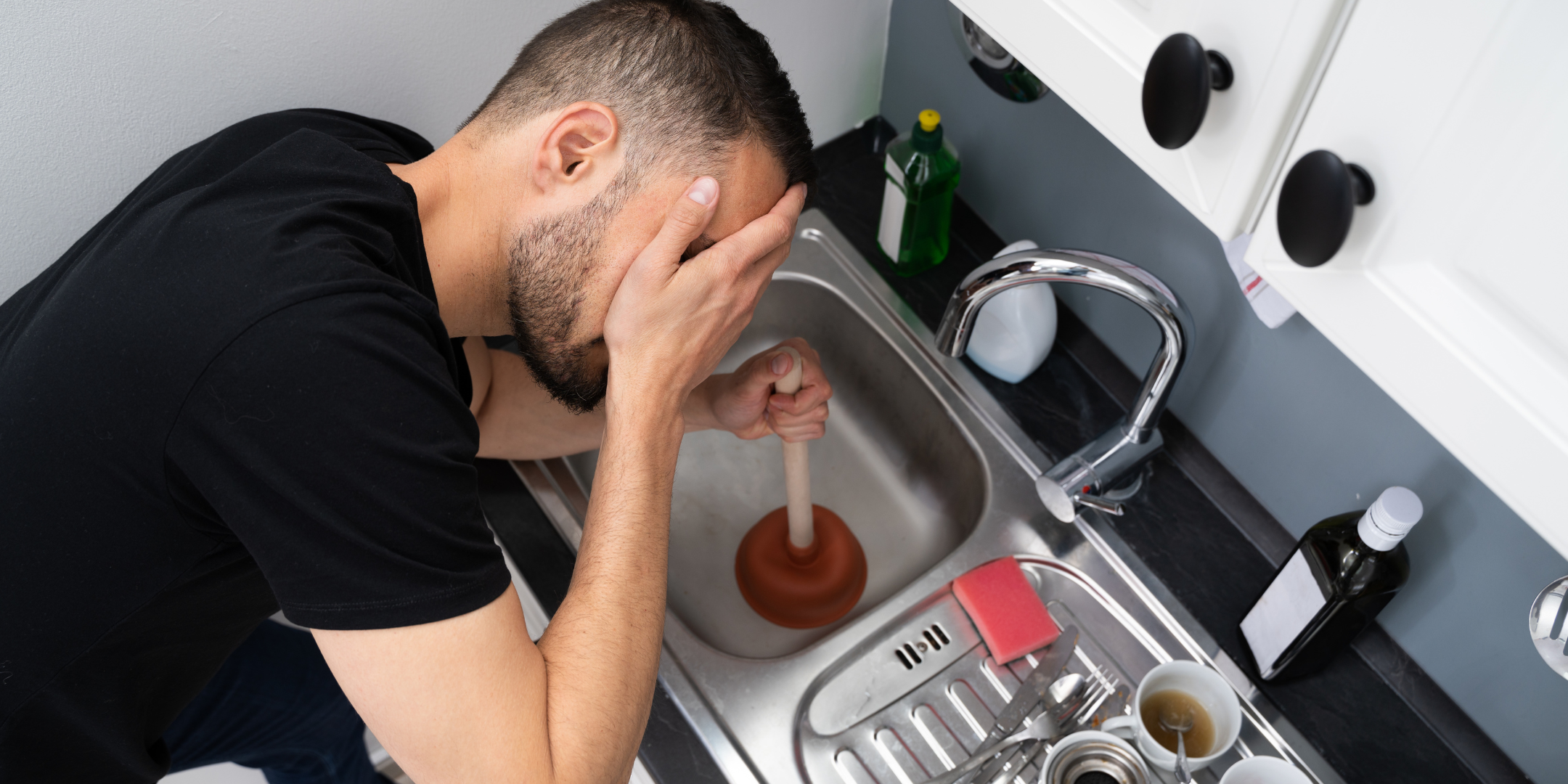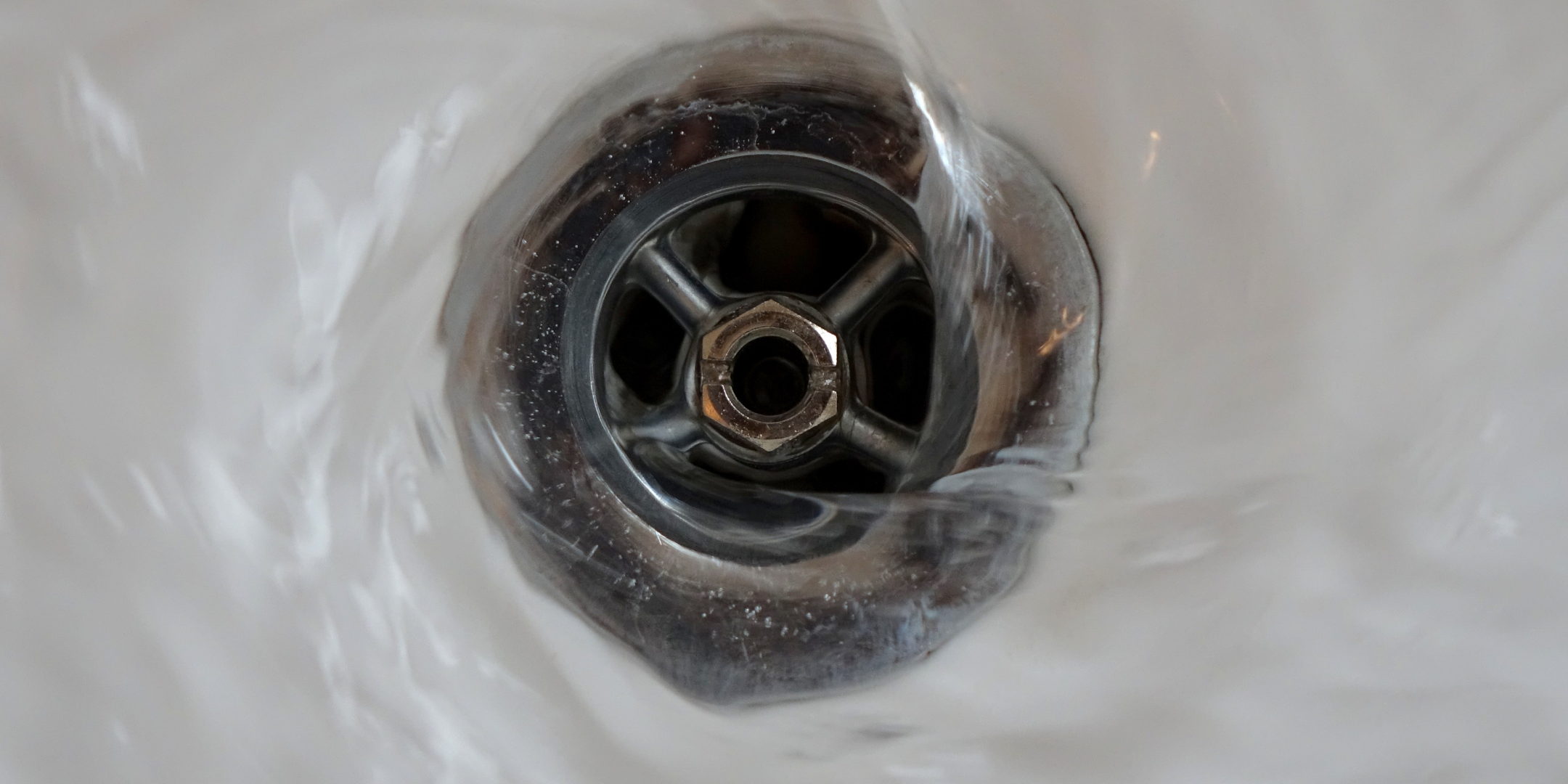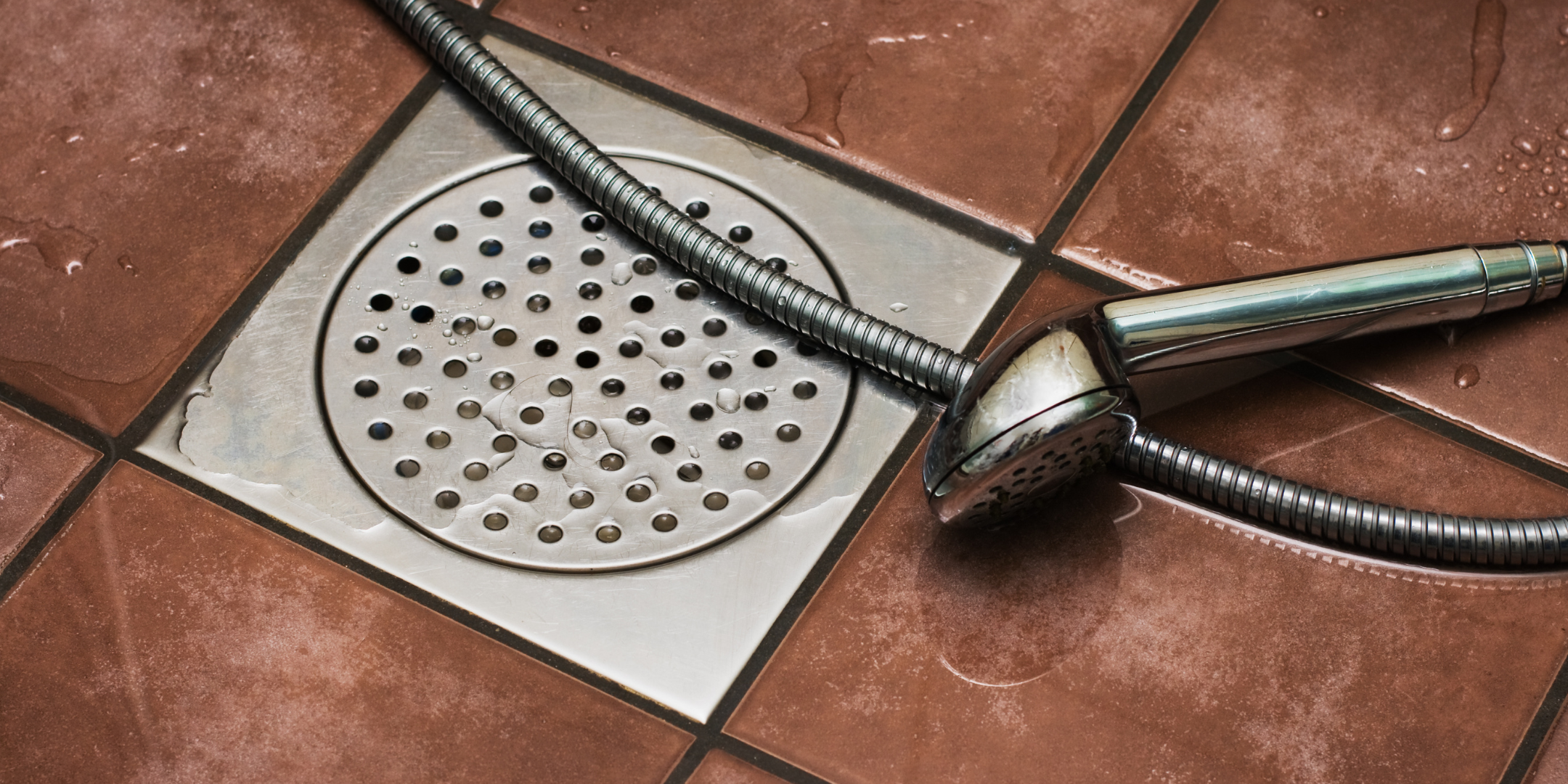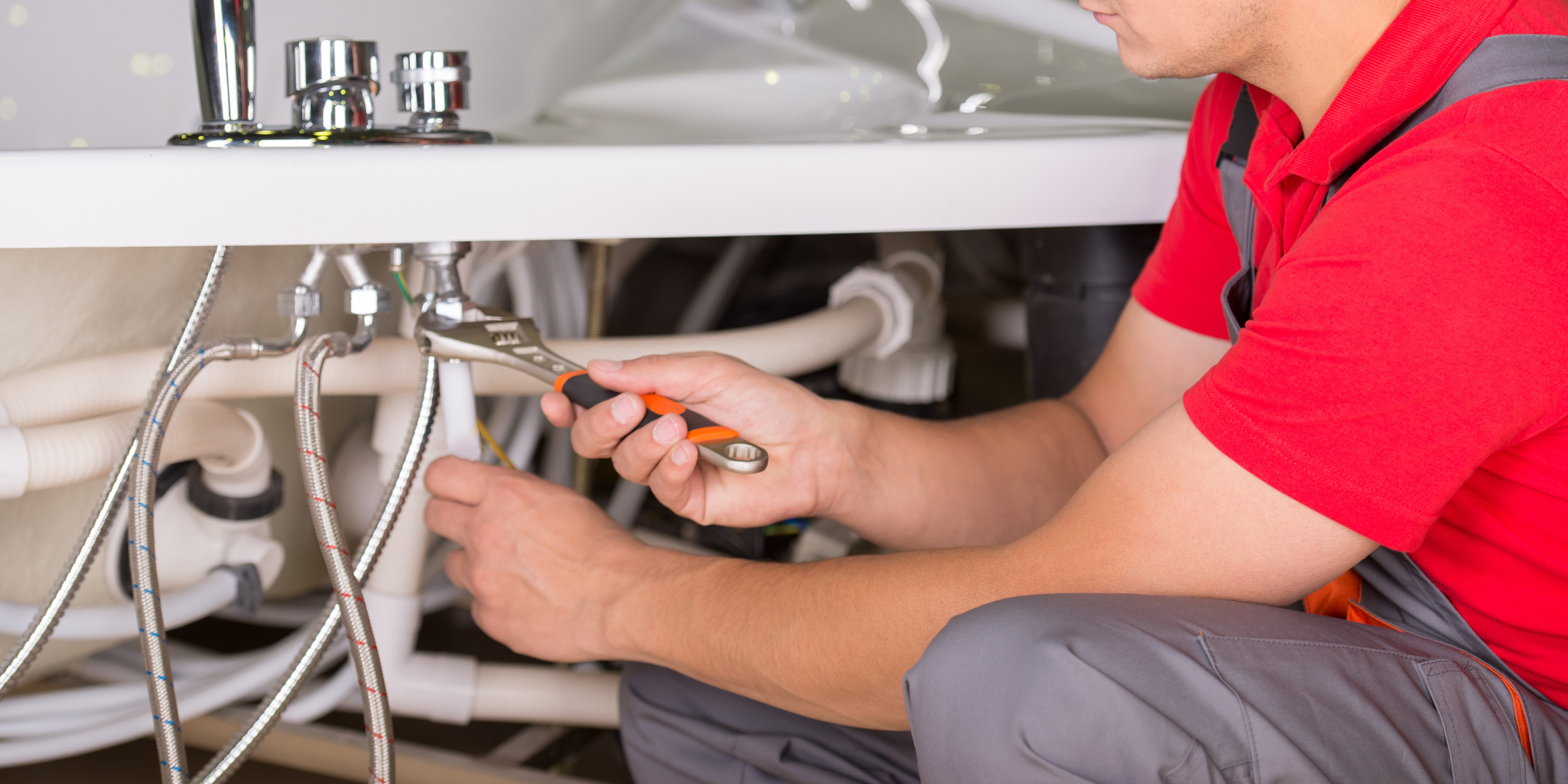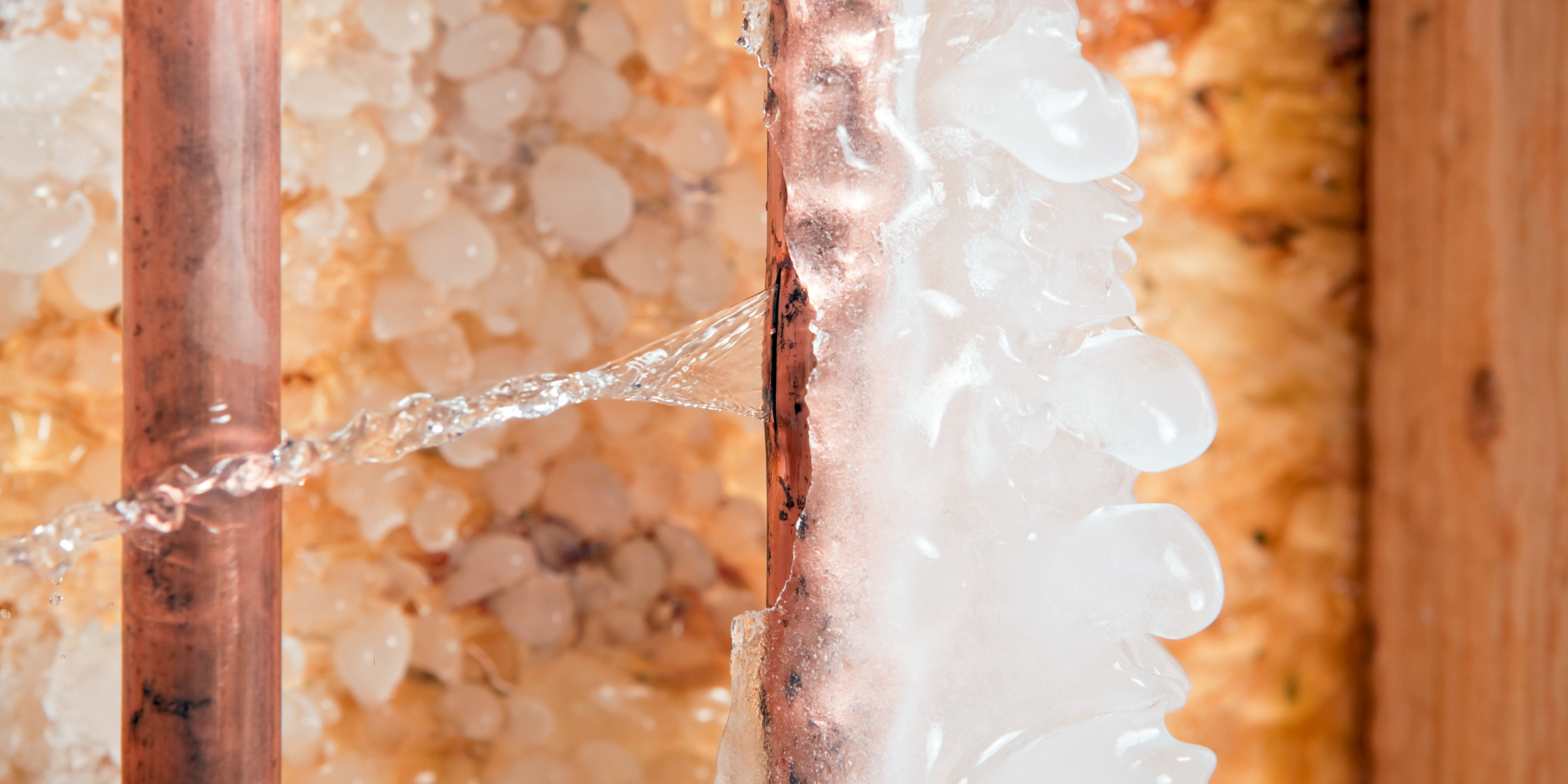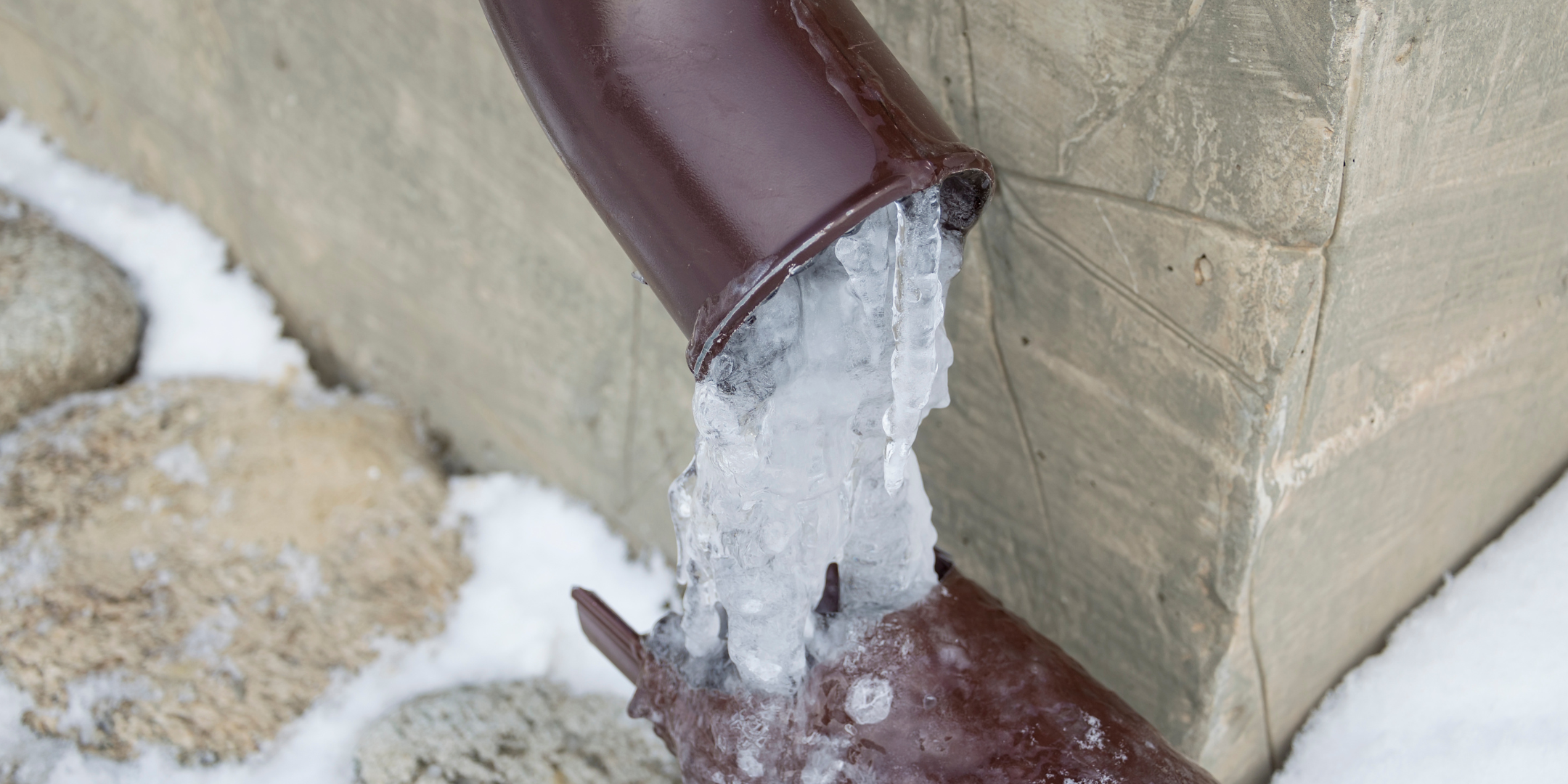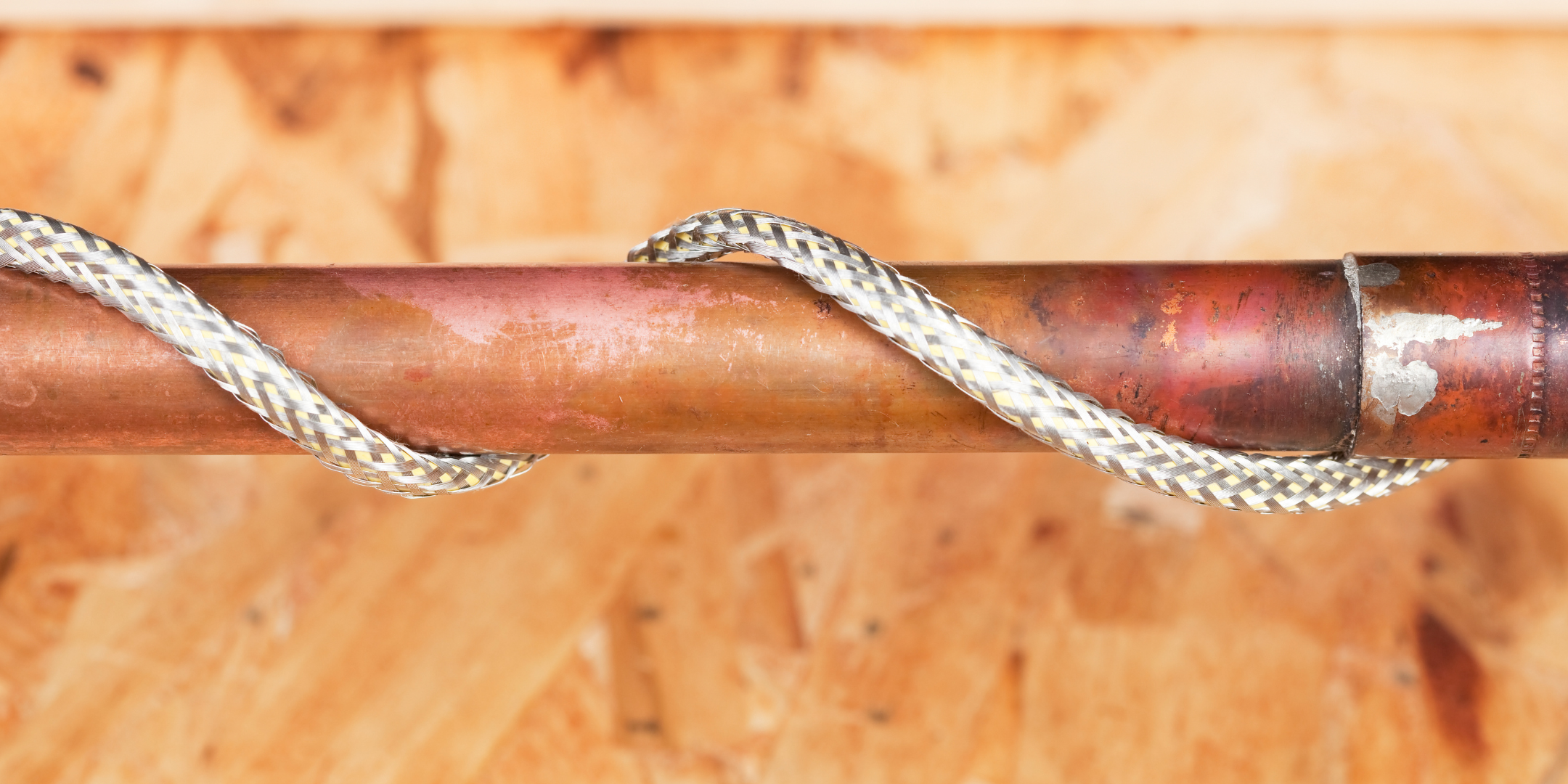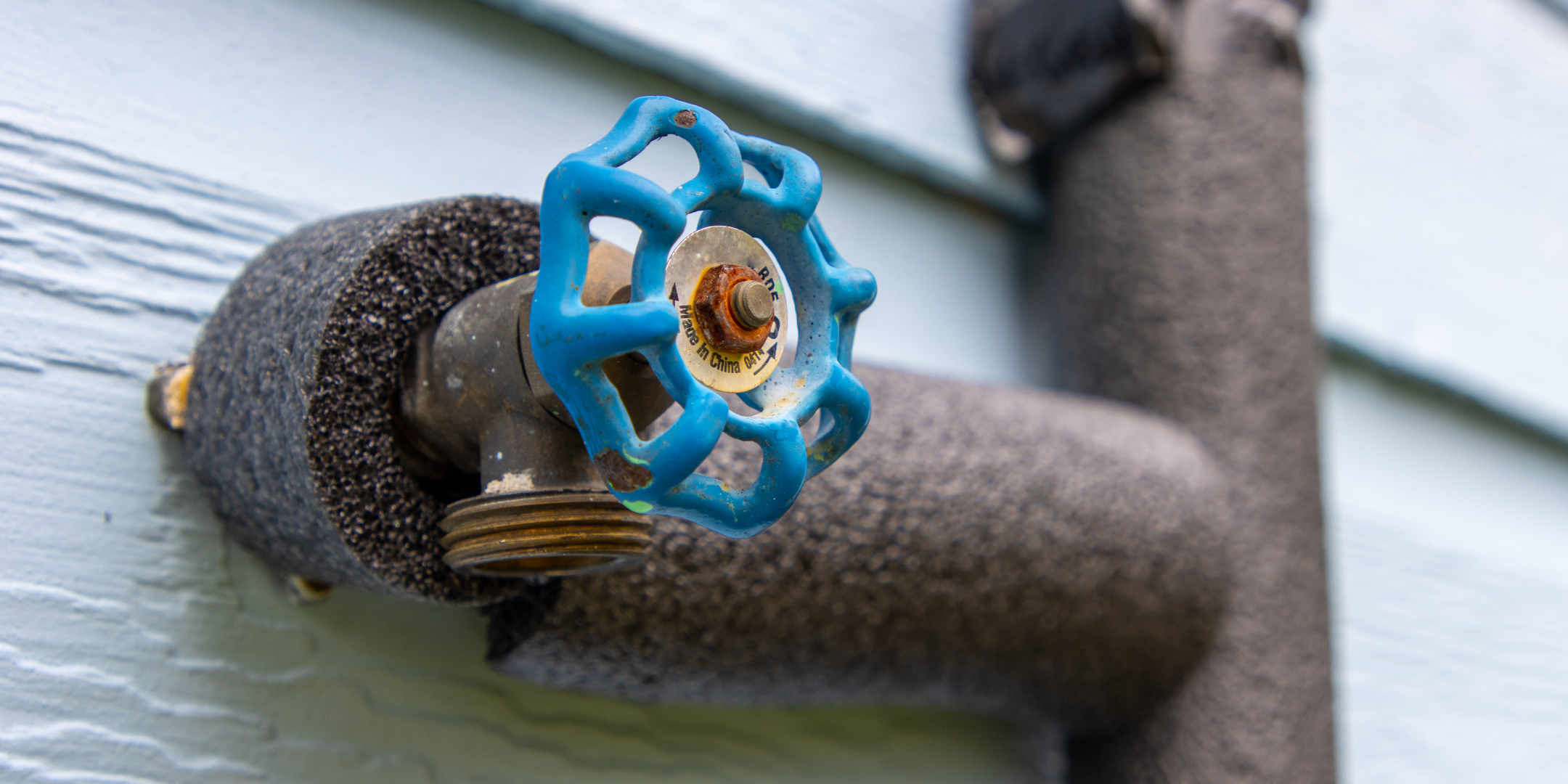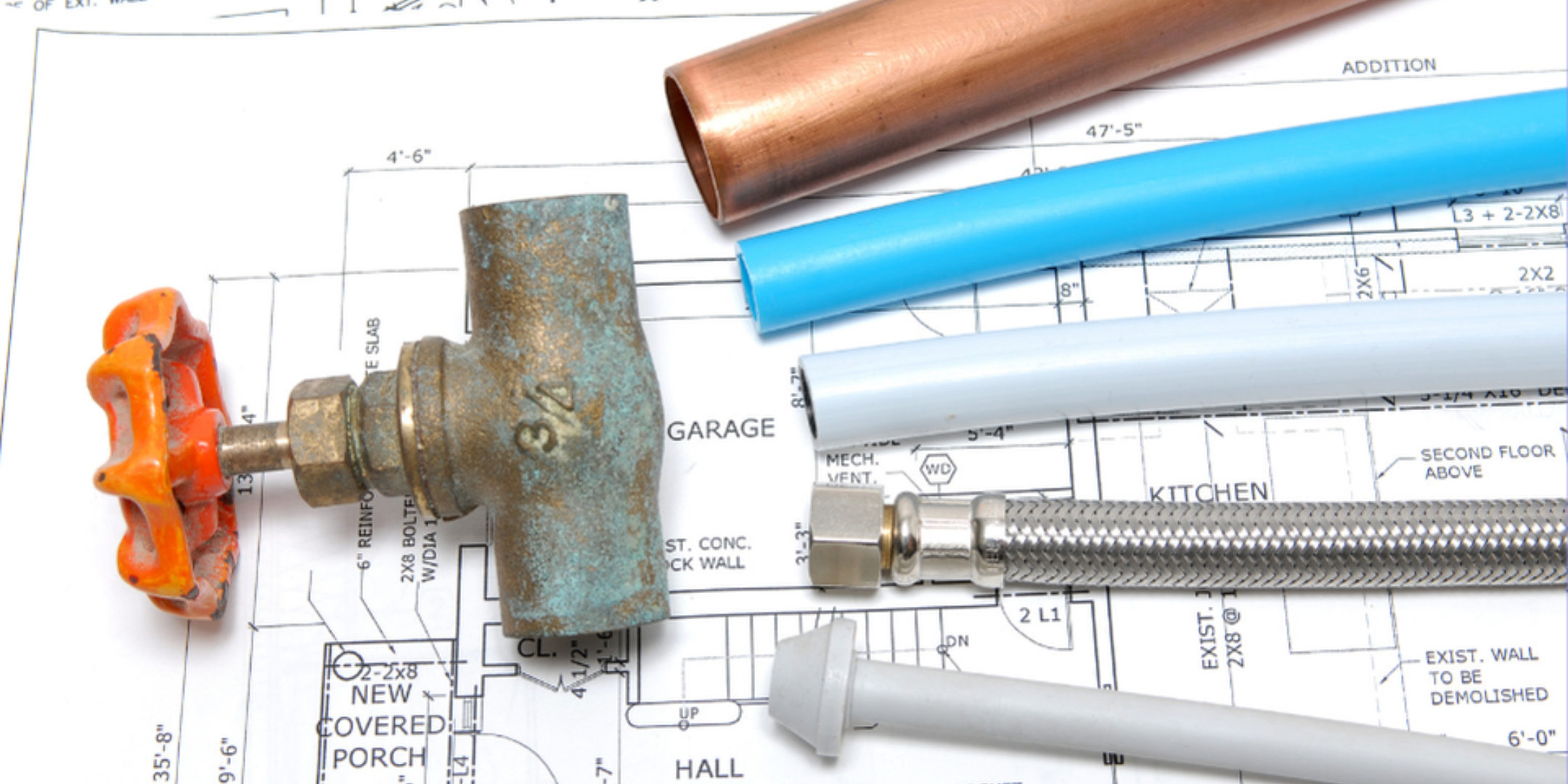The Shower Pressure Test: Spot Early Signs of Plumbing Issues at Home
August 5th, 2025
5 min read
By Daphne Hunt
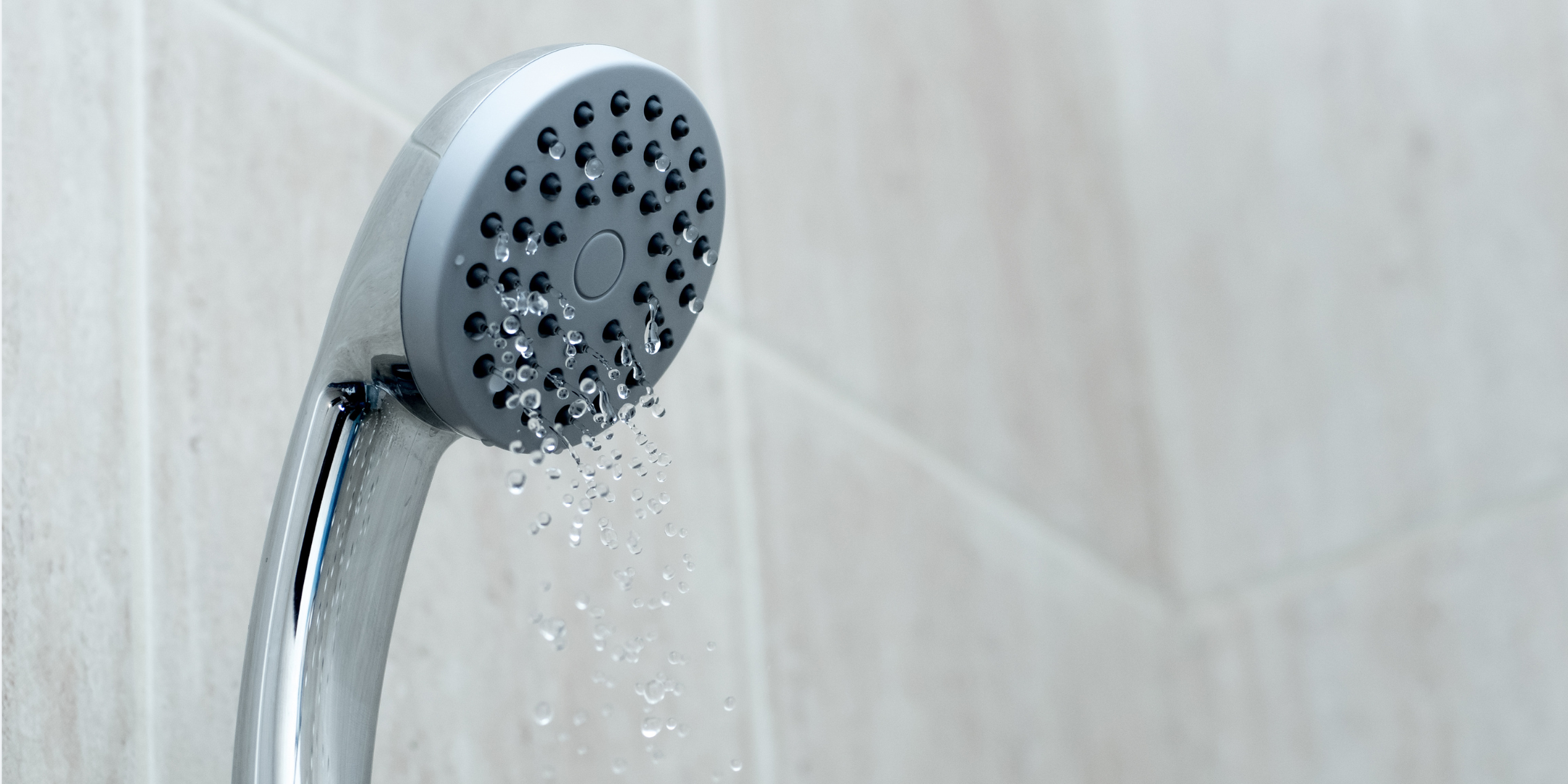
You step into the shower expecting comfort—and instead get a sad trickle that barely gets the shampoo out. It’s easy to brush off weak water pressure as just part of living in an older home or a busy household, but what if it’s actually a sign of something bigger?
out. It’s easy to brush off weak water pressure as just part of living in an older home or a busy household, but what if it’s actually a sign of something bigger?
With over 17 years of experience helping homeowners understand what’s happening behind the walls, we’ve seen how even small drops in water pressure can point to deeper plumbing problems—like pipe corrosion, hidden leaks, or pressure regulation issues.
By the end of this article, you’ll know exactly what your shower pressure is telling you about your plumbing—and how to figure out whether it’s a quick fix or a bigger issue worth catching early.
Poor Water Pressure Could Be a Sign of a Bigger Plumbing Problem
Weak shower pressure is one of those things that’s easy to ignore. You chalk it up to an old house, a shared bathroom, or too many appliances running at once. But when water pressure isn’t consistent, it’s rarely a coincidence.
In most homes, the plumbing system is built to provide steady, reliable water flow—especially in high-demand areas like showers. So if your morning rinse has turned into a slow trickle, or you’ve started adjusting your routine just to feel clean, it’s worth paying attention.
Your plumbing system works behind the scenes, but it’s not supposed to be mysterious. When the pressure dips, it’s often your home’s way of nudging you to take a closer look—before that small annoyance turns into a larger, more expensive problem.
5 Plumbing Problems Poor Shower Pressure Could Be Pointing To
What feels like “just a pressure issue” in the shower can actually point to several underlying problems. Understanding what’s happening makes it easier to decide whether you can handle it yourself—or if it’s time to bring in help.
1. Mineral Buildup in Showerheads or Pipes
If your water is even moderately hard (which it likely is if you don’t have filtration), minerals like calcium and magnesium can collect inside your fixtures and narrow the flow of water. You might notice a chalky white ring around your showerhead or see that the spray pattern has changed—water jets shooting sideways or weak flow altogether.
and magnesium can collect inside your fixtures and narrow the flow of water. You might notice a chalky white ring around your showerhead or see that the spray pattern has changed—water jets shooting sideways or weak flow altogether.
Cleaning the showerhead might offer temporary relief, especially if you soak it in vinegar to break down buildup. But if the pressure drops again soon after, or the issue seems to be spreading to other fixtures, the buildup could be happening deeper inside the pipes—where you can’t see it.
This kind of slow accumulation doesn’t just affect comfort—it can reduce water flow long-term and lead to uneven wear on fixtures.
2. Partially Closed or Worn-Out Valves
Water flow into your shower relies on a series of valves. If even one of them isn’t fully open or is beginning to fail, it can affect your pressure. This might be a valve located behind the shower wall, or even at your home’s main shutoff point.
If your home has had plumbing work done recently, a valve might have been left partially closed without you realizing. In other cases, aging parts can wear out and fail to regulate flow properly.
If the issue started suddenly, and there hasn’t been any visible buildup, valves are a good place to check. They’re often overlooked—but a stuck or corroded valve can make an otherwise healthy plumbing system feel sluggish.
3. Corroded or Outdated Pipes
Homes built before the 1980s were often plumbed with galvanized steel pipes. These pipes corrode from the inside over time, narrowing the path water can take—sometimes dramatically. What starts as a small drop in pressure can turn into widespread flow issues throughout the house.
Corroded pipes can also affect water quality. You might notice a metallic taste, rust-colored stains in the tub, or water that takes longer to heat.
This issue doesn’t get better on its own. Once the corrosion starts impacting flow, it’s a sign the plumbing is reaching the end of its lifespan. At that point, repiping part—or all—of the system may be the most long-term solution.
4. A Failing Pressure Regulator
Not every home has a water pressure regulator, but if yours does, it’s designed to keep water pressure within a safe, balanced range. When this small device starts to fail, you might experience pressure that bounces between strong and weak from day to day—or even from one part of the house to another.
This inconsistency is more than just frustrating. Fluctuating water pressure can wear down appliances, loosen pipe joints, and make plumbing problems harder to pinpoint.
You may hear loud knocking or “banging” in the pipes, especially when shutting off water. That’s a common sign your pressure regulator is no longer doing its job. If your shower pressure seems totally fine one day and nearly nonexistent the next, this could be why.
5. A Hidden Leak in the System
This is one of the most serious issues low pressure can signal—and also one of the hardest to detect on your own. When there’s a leak somewhere in the system, pressure can drop as water escapes into the walls, the ground, or areas you rarely inspect.
your own. When there’s a leak somewhere in the system, pressure can drop as water escapes into the walls, the ground, or areas you rarely inspect.
These leaks aren’t always dramatic. Many happen slowly over time and don’t create puddles or damage until much later. What you might notice instead is:
- A slow, unexplained increase in your water bill
- A musty or damp smell near certain rooms
- Wall discoloration or bubbling paint
- Slight pressure drops in multiple fixtures
Even a small leak can cause long-term structural damage, especially if it goes unchecked. If your shower pressure is dipping and you’ve ruled out fixtures and valves, leak detection is the next logical step.
Is Your Shower Pressure Trying to Tell You Something?
The shower is often the first place you notice water pressure issues—because it’s where steady, reliable flow matters most. A faucet might run for 30 seconds, but your shower has to keep up for several minutes. And when it doesn’t, you feel it.
Most people will tolerate a slow kitchen faucet, but a frustrating rinse when you're already running late? That gets your attention.
That’s exactly why low shower pressure is such a useful early signal. It doesn’t always mean something major is wrong, but it’s almost always worth a closer look. If you've started adjusting the angle of the showerhead, rinsing twice as long, or wondering if the water just isn’t what it used to be, it may be time to ask a few simple questions:
- Has the pressure dropped gradually, or did it change overnight?
- Is it isolated to the shower, or happening in other fixtures too?
- Are you seeing mineral buildup, slow drains, or noticing higher water bills?
- Does the water feel different—like temperature swings, odd smells, or discoloration?
Even if the answer leads to a small fix, taking that step early gives you more control—and helps you stay ahead of bigger, more expensive plumbing issues down the line. It’s not about overreacting. It’s about listening when your home is trying to tell you something.
Weak Water Flow Can Point to Serious Plumbing Issues
If you came here because your shower feels more like a drizzle than a rinse, you’re not overreacting. You’ve learned that low pressure isn’t just annoying—it can point to deeper plumbing problems like buildup, corrosion, or hidden leaks.
learned that low pressure isn’t just annoying—it can point to deeper plumbing problems like buildup, corrosion, or hidden leaks.
With over 17 years helping homeowners sort out water pressure problems just like this, we understand how quickly these small symptoms can pile up. But now that you’ve got clarity, you’re in a better place to decide what’s next.
If low pressure is showing up in your shower, there’s a good chance your water quality is part of the problem. Understanding what’s coming out of your faucet is the next piece of the puzzle. Here's your next read: Water Quality 101: What’s Really Coming Out of Your Faucet
Daphne Hunt holds a bachelor's degree in English and Mass Communication and has a lifelong passion for writing. She thrives on using her skills to craft compelling pieces that inform, inspire, and connect with readers.
Topics:





